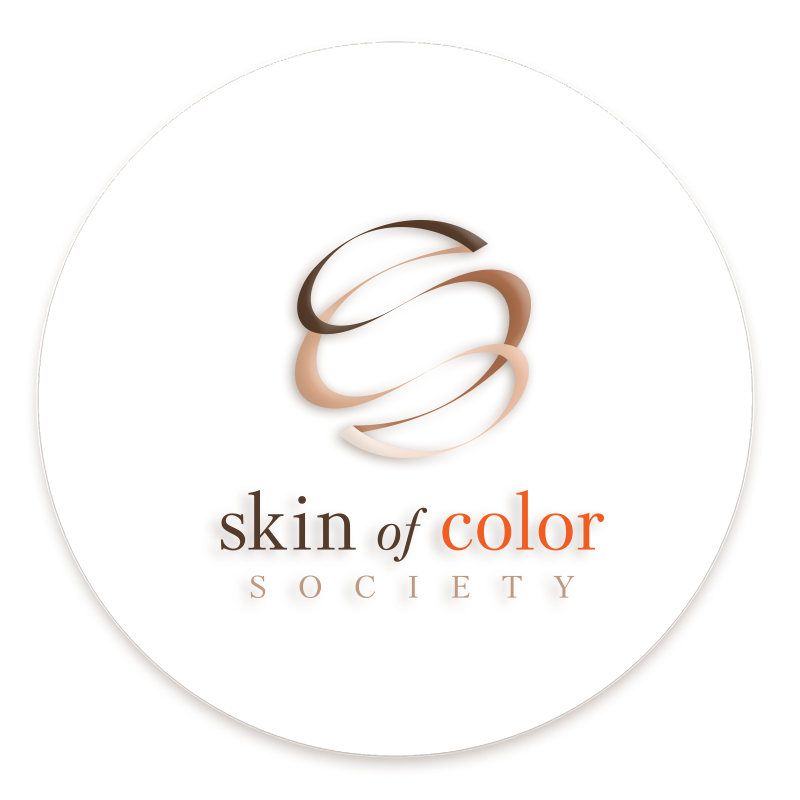Molluscum Contagiosum
Farinoosh Dadrass, MS and Brandi Kenner-Bell, MD
What is molluscum contagiosum?
Molluscum contagiosum is a rash that consists of smooth, round, skin-colored bumps that often have a central indentation. It is most often seen in children, adults who are sexually active, and individuals with a compromised immune system.1 In children, the rash tends to occur on the face, trunk, arms, and legs.1 In adults, the rash is usually seen in the genital area.1
The bumps typically start on one area, and then spread to other regions. Spread can occur when other parts of the body come into contact with the original bumps or may be caused by touching the bumps and then touching other body parts. Molluscum is also spread by coming into direct contact with others with the rash, or sharing objects with others such as a towel that has come into contact with molluscum spots.2
Molluscum bumps can become inflamed due to trauma such as picking or scratching, although sometimes they can become inflamed on their own without any trauma.1 Inflamed molluscum can get more red, swollen and itchy or painful.1 In patients with darker skin types, the inflamed bumps may look less pink and either skin-colored, purple, or gray. Sometimes, the inflammation may leave behind some lightening or darkening of the skin.
Molluscum contagiosum will eventually go away on its own.1 In patients with a compromised immune system, it can take longer to improve.1
What is the cause of molluscum contagiosum?
Molluscum contagiosum is caused by the molluscum contagiosum poxvirus.2 It is contagious and spread from person to person via direct contact or by means of contaminated surfaces or objects.
How do I know if I have molluscum contagiosum?
Molluscum contagiosum can typically be diagnosed by a physician based on the appearance of the rash. Rarely, a doctor will biopsy the skin if they need to confirm the diagnosis.1
What treatments are available for molluscum contagiosum?
Most molluscum do not need to be treated, however this decision is made on a case-by-case basis.1 Treatment options include applying topical medications, freezing the spots with liquid nitrogen, scraping the lesions off with a special instrument called a curette, or laser therapy.2
Additional Resources
https://www.aad.org/public/diseases/a-z/molluscum-contagiosum-overview
https://www.mayoclinic.org/diseases-conditions/molluscum-contagiosum/symptoms-causes/syc-20375226
References
- Hanson D, Diven DG. Molluscum contagiosum. Dermatol Online J. 2003;9(2):2.
- Forbat E, Al-Niaimi F, Ali FR. Molluscum Contagiosum: Review and Update on Management. Pediatr Dermatol. 2017;34(5):504-515. doi:10.1111/pde.13228





